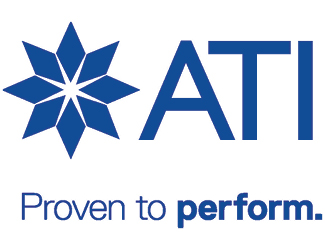
By now, most businesses are familiar with remote and hybrid workers. Often, offering remote work opportunities, even part-time, allowed them to attract better talent.
Flexible remote working has come at somewhat of a cost. Many newer workers haven’t met their teammates in person and may miss out on some of the opportunities to develop professional relationships and strengthen their network
Is there a way for employees to reap the benefits of remote and in-person work? Yes!
Poly-Working – The Future Of the Workplace?
What is poly-working? It’s a multi-prong approach to work that considers:
» Customer appetite for change
» Preferences of employees
» Business opportunities, including a larger pool of talent and reduced operating costs
An adaptable workplace model allows companies to ease out of “lockdown life” and provide employees with working environment choices that suit their lifestyle and an environment in which they are the most productive.
Making Poly-Working Work For You
There are several considerations to making flexible in-person and remote working successful for your business.
It starts with the organization and infrastructure. How will teams connect and collaborate? How will you encourage better working relationships if your teams are alone in their home offices except when participating in online meetings?
Some companies establish a remote social time for workers to get to know one another, or company-sponsored lunches or happy hours for in-person meets. Making newer team members feel included and heard means a more successful remote team.
Another consideration is how managers will monitor employee productivity. Those managers who tend to micromanage may flounder. You, as a leader, may need to conduct additional training for these managers to help them cultivate flexibility, trust, and an openness to how different people accomplish their assigned tasks.
Focus on results instead of how each team member gets there.

What Does Team Collaboration Look Like in a Poly-Working Environment?
Many businesses found that team collaboration and creativity were hampered in a remote working situations. The challenge of syncing up schedules for a video chat may hamper organic creativity. In other situations, having a co-worker nearby as a “sounding board” for ideas can spark innovation that you may not get in isolation.
Shared, in-person office spaces facilitate these back-and-forth, instant collaborations. A semi-remote situation, with time split between a home office and an in-person office, can provide interaction and spontaneous collaboration with the peace of a solitary home work environment that allows workers to focus when needed.
Poly-Working and a Better Work-Life Balance
Work-life balance seems almost like a buzzword now, but dismissing its importance is a mistake. Working from home can make it harder to set boundaries between work life and home life. Many people may find themselves increasingly isolated and working more with a remote work option than commuting to the office daily.
Helping employees learn how to better structure their work responsibilities with their personal ones reduces burnout and boosts morale. Workers with a poly-working situation may benefit from being permitted to work outside the typical 9-5 hours, allowing them time to take care of personal needs to even attend a midday fitness class.
Making Poly-Working Work For Your Team
Focusing on what your team truly needs, from team collaboration opportunities to support for a work-life balance and management that focuses on results instead of time on the clock, can help businesses make their poly-working situations more successful.
Consider all your options before committing to poly-working; you’ll have more success with a firm plan in place before making the change.
Last modified: June 19, 2023



















